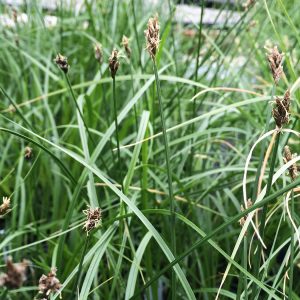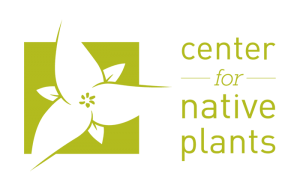Waterfront landscapes and gardens along shorelines are located in wetland or riparian areas.
The plants in these landscapes play special roles, ones that native plants fulfill best. But first, what is a native plant?
Over a period of thousands and thousands of years, plants native to the Flathead Valley evolved to where they now thrive in this area’s natural ecosystem—from the shoreline to mountain top and all the varying climate, soils, and fauna (insects, reptiles, birds, and wildlife) in between. Once established, native plants typically require less water to survive, have natural defenses against insects and disease, and create a sense of place where people associate certain plants such as the Ponderosa Pine and Serviceberry with Montana.
 Native plants are also a significant food source for fauna year-round in the form of leaves, seeds, buds, berries, and flowers. Native plant canopies provide shade for all fauna, and many types of birds and wildlife nest and breed in thickets of native shrubs. During winter, birds and wildlife seek native plants for wind break and thermal cover.
Native plants are also a significant food source for fauna year-round in the form of leaves, seeds, buds, berries, and flowers. Native plant canopies provide shade for all fauna, and many types of birds and wildlife nest and breed in thickets of native shrubs. During winter, birds and wildlife seek native plants for wind break and thermal cover.
While only two percent of Montana’s landscape is riparian, it supports an incredibly diverse amount vegetation. Because of this, a tremendous amount of Montana’s birds and wildlife migrate through riparian areas. According to the Natural Resource Conservation Service (NRCS), close to 60 percent of Montana’s threatened and endangered species rely on riparian areas for survival!
Through their robust root systems that help keep soil in place, native plants are also a cost effective way to prevent shoreline erosion—more so than a sea wall or riprap that would eventually require upkeep or replacement. Those root systems also help filter sediment and excess nutrients from lawns so they don’t enter the water, helping to keep it clean!
So as you just learned, native plants are really hard workers. And they are beautiful, too. Many produce spring flowers, summer berries, graceful movement (grasses and sedges) and intense fall color.
Adding up all these ways native plants are important to riparian areas may boost your property’s value. Research has shown that people are willing to spend at least an additional six percent for property with healthy riparian areas!
To learn more about native plants and which ones will work best in your waterfront gardens, contact the Flathead Lakers or visit a nursery that sells native plants.


